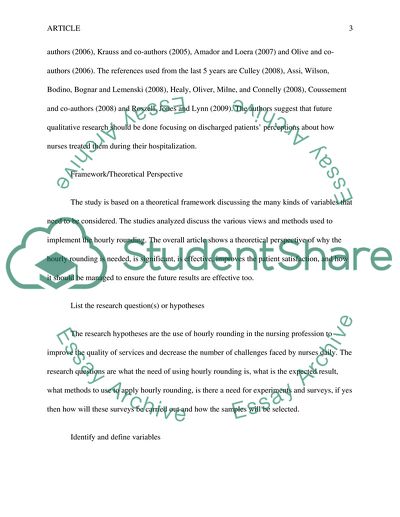Cite this document
(“RESEARCH CRITIQUE Paper Example | Topics and Well Written Essays - 1500 words”, n.d.)
Retrieved from https://studentshare.org/nursing/1621724-research-critique
Retrieved from https://studentshare.org/nursing/1621724-research-critique
(RESEARCH CRITIQUE Paper Example | Topics and Well Written Essays - 1500 Words)
https://studentshare.org/nursing/1621724-research-critique.
https://studentshare.org/nursing/1621724-research-critique.
“RESEARCH CRITIQUE Paper Example | Topics and Well Written Essays - 1500 Words”, n.d. https://studentshare.org/nursing/1621724-research-critique.


